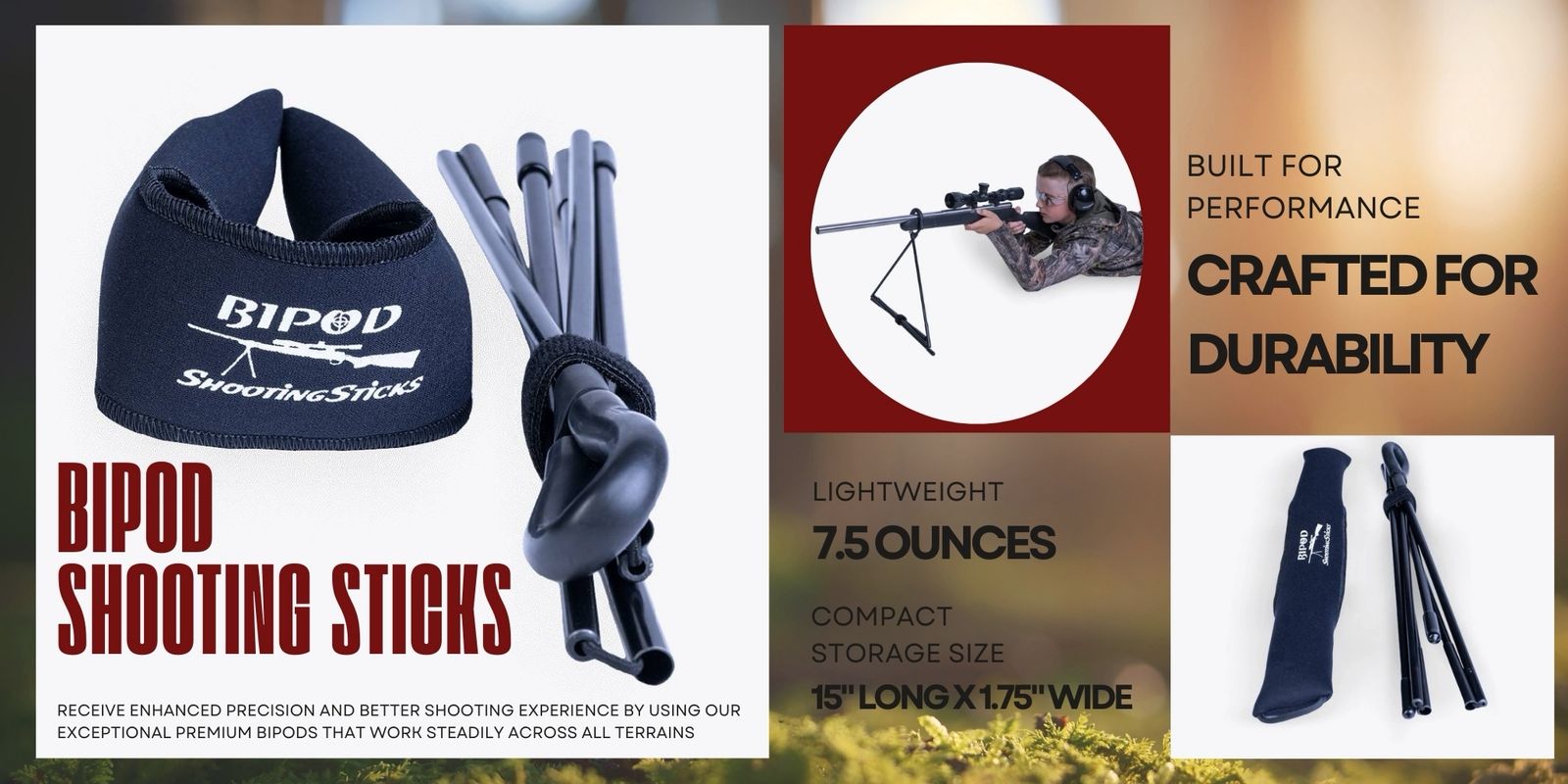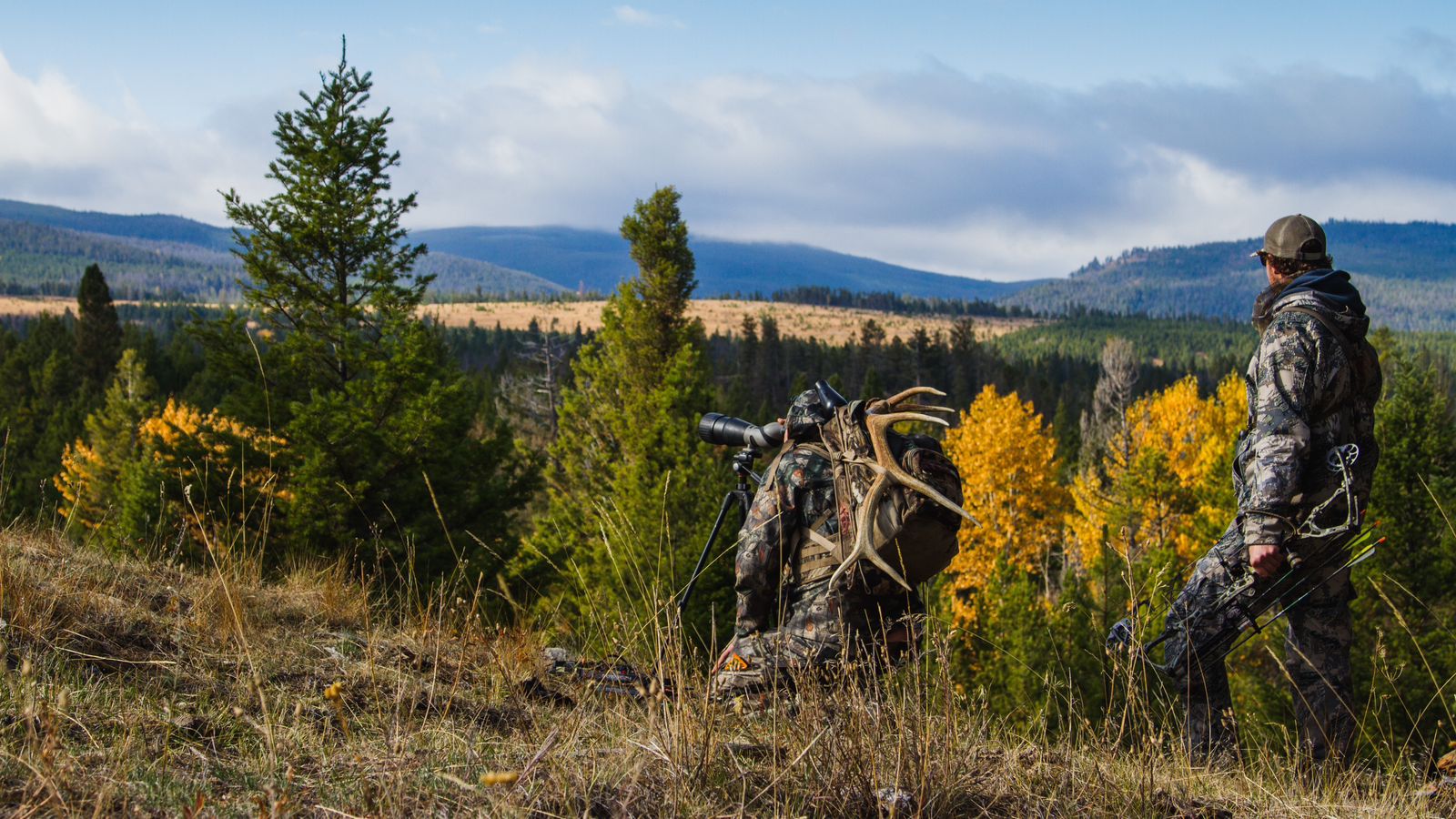If you’re a big fan of game hunting, you probably understand the importance of having the right set of optics in your gear. For instance, a good scope is among the most useful optics a hunter can buy. In fact, most game hunters won’t even bother to step into the wild without a high-quality scope and a phone scope adapter.
A scope, supported by a spotting scope phone adapter, allows hunters to take advantage of flat shooting cartridges by magnifying small or distant targets. Further, it improves light gathering, which helps better identify game.
Using the right optics can be especially helpful when hunting because things can get unpredictable. Sometimes, the first and last hour of light in the day can present the best opportunities. A quality scope and scope phone adapter provide hunters with a few extra minutes of light to make their shoot, even in tricky circumstances, such as dense foliage.
Additionally, a scope enables the hunter to determine whether or not a game animal can actually be hunted. For instance, they can see if the animal is “legal” to shoot. The magnification and clarity can be particularly helpful for hunters with weak eyesight.
So, what exactly makes a good scope? Let’s find out.
- It should be durable: The reticle should always point where the rifle throws its bullets. This means the scope should be tough, robust, reliable, precise, waterproof, and fog-proof.
- It should enable clarity: You should be able to see a clear image of your target, even when it is in motion or in lowlight conditions. It should be able to deliver optimal image sharpness, brightness, and contrast.
- It should be convenient and easy to use: To offer convenience, it should be compatible with universal adapters, be light-weight and low-profile, and offer moderate power as well as objective lens size.
A scope supported by a quality scope phone adapter just one of the many optics you can consider for your next game hunting trip. Here are three other key optics you need to have in your arsenal:
1. Hunting Binoculars
This is game-hunting gear staple will enable you to make the most of your adventure. Your binoculars should be easy to hold, small, light-weight, offer brightness and clarity, and be durable as well as powerful.
2. Riflescope
Selecting the right optics for your rifle boils down to three main things:
- It should allow you to shoot long distances.
- It should be able to work under difficult conditions without giving way.
- It should be able to offer long-range shots on open landscapes. A rifle scope phone adapter may also be used to achieve this.
3. Rangefinder
Another important part of your gear, your rangefinder should be durable and work in long distances. It should provide an angle compensated distance reading for hunting, allowing you to make shots in a variety of shooting terrains.
Factors to Consider When Buying the Right Hunting Optics
While different optics come with different features, they do share certain similarities. Based on that, here are a few factors to consider when buying your hunting optics.
1. Magnification or Power
This is an important consideration when buying a scope. Most models come with a series of numbers, like 4X32 OR 4-12X32. Here, the numbers 4 and 12 stands for the range of magnification power, i.e., you’ll be able to see your target 4 to 12 times closer.
However, higher magnification doesn’t always mean better as lower ranges would need low-powered magnification. So, depending on the yard range you’re hunting in, you can go for an appropriate magnification.
2. Objective Lens
The number 32 in our 4X32 example refers to the objective diameter, which reflects how big the outer lens is. A larger lens can give you a wider and better view.
3. Adjustable Objectives
Sometimes, the image may rest on another focal plane than the reticle when looking through the scope. This can make the reticle shift from the target and point whenever you move your eyes or head – a condition called parallax. If you’re using a high-powered scope (more than 10X magnification), adjustable objectives lens can help deal with parallax.
4. Exit Pupil
This represents the size of the beam of light that you can see when your eyes are an inch away from the lens. If you wear spectacles or are shooting in low-light conditions, you’ll likely need more light. Larger exit pupils can help by expanding anywhere between 5 to 9 mm, thereby collecting more light.
5. Reticles
Also known as cross hairs, reticles refer to the aiming point as seen on scopes. This comes in different shapes, such as a dot, dot within a circle, cross, cross within an open circle, and so on. Reticles can come handy when you’re shooting close-range with a device that has some level of magnification. For long distances, however, it best to use binoculars, rangefinders, or rifle scopes.
6. Straight and Angled
This refers to the different types of spotting or field scopes. The straight variant is easy to use, making it a popular choice among hunters. The angled variant is also finding increasing favor as it can be used from tree stands and by people of all heights.
7. Angle Compensation
This is an internal feature commonly found in high-end binoculars and rangefinders. It allows these gadgets to be used in rifle shooting and bow-hunting activities to compensate for elevation differences. Moreover, it can help compensate for the gravity pull on bullets, if used. It’s a great feature to have you’re operating in unpredictable atmospheric conditions and mountainous terrains.
8. Resistance to Water and Fog
This is yet another important feature to consider that can render the best of scopes either optimal for use or completely useless. While scopes are great for gaining clarity and acquiring targets in close or distant ranges, they can fail to perform or create vision-related difficulties in poor weather conditions, ruining your adventure.
Instead of enjoying the hunt, you’ll end up spending your time cleaning the lens every time it rains or snows or you’re in muddy terrain. To prevent this from happening, you want to go for more durable and weather-resistant optics that can serve well regardless of the climatic conditions.
Conclusion
Game hunting can be both exhilarating and intense. Without the right hunting optics, you won’t be able to experience the adventure the way you could have. Mentioned above are some of the essential optics that should definitely be a part of your hunting gear.
Game hunting demands optics that can offer clarity and reach in vast and open landscapes. Whether you’re using them with scope phone adapters, universal adapters or rifle scope phone adapters, make sure to get only the best-quality optics that can withstand wear and last long.
At SnakeLook, we strive to provide outstanding products, that assist in making memories out of every adventure. Call us at 801-228-0803 or fill our online form to learn more about our hunting products.

